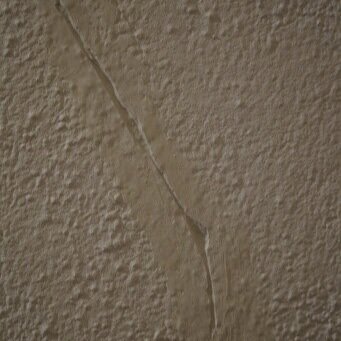How to Repair Cracks in Plaster Walls
Plaster walls are not as expensive as marble or woodwork and serve as excellent decorative pieces. However, to keep their aesthetic value, their surfaces need to remain immaculate. Cracked or chipped plaster walls will produce the opposite effect of what's intended, so any imperfections should be repaired as soon as possible.
Extensive damage should always be left to professionals to repair, while smaller cracks aren't as challenging. But there are certain risks involved with DIY repairs for plaster walls as it's a job that requires plenty of know-how, patience, and precision.
Patching and filling
Whether a cracked spot needs filling or patching will depend on the extent of the damage. Smaller cracks can be filled by pressing fresh plaster into them and sanding down the excess material. But if the damage is of a broader scope, it will require adding new plaster patches. These must be pushed right to the wire mesh to replace the missing or damaged pieces.
The main differences between patching and filling are the quantity of the new material and how deep it must be pushed. It's essential to recognize when to utilize one or the other for a proper repair.
For patching to work, a larger section of plaster surrounding the damage needs to be removed. It should be at least a one square inch piece around a more severe chip or crack. All bits of plaster should be cleared out so that the patch can securely latch to the framework.
Blending the new with the old
Once an area of plaster is replaced, it's essential to make it sit evenly with the rest of the wall by promptly adding new layers or sanding down the existing patch. Most likely, both techniques will be needed before the new part blends in perfectly. This fine-tuning can take hours to get right, but it's necessary—a piece of plaster sticking out from the overall design will be as aesthetically disruptive as a visible crack.
When the patch finally falls in line, it's best to repaint the whole stretch of the plaster wall. Apply drywall tape to its edges before painting to make the patch fit seamlessly.
Figuring out the cause of the damage
Plaster is extremely durable compared to drywall, which is why it's crucial to find out how the cracks came to be. Other than being hit with a hard object, plaster won't succumb to simple wear and tear and can crack or chip due to other factors. The causes might include water damage from an undetected leak or the house settling, shifting, and vibrating. A damaged plaster wall might indicate a more severe issue, and plaster wall repair is the perfect time to inspect the house's integrity.
M & B Painting, a Father-Son family-run business, has a proven record of Service Excellence in residential and commercial interior and exterior paint projects. Call us at 623-289-3366 for all of your painting needs!

